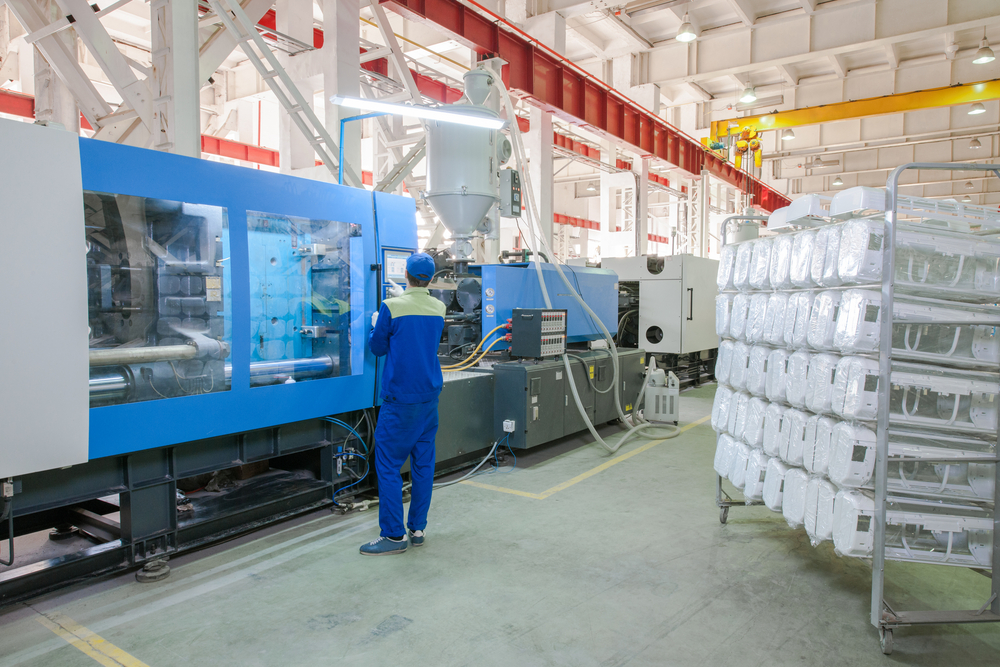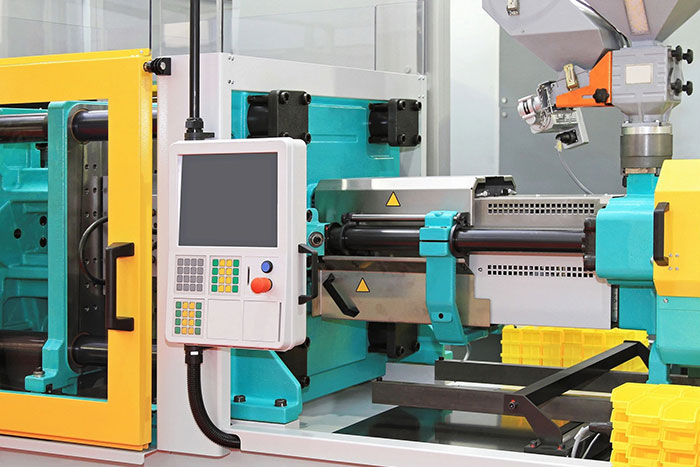Recognizing the Basics of Plastic Shot Molding Procedures
Plastic injection molding offers as a cornerstone of contemporary production, giving a methodical method to generating intricate components with accuracy. This procedure not just incorporates the fundamental steps of melting and infusing products right into molds however additionally involves a nuanced understanding of various influencing variables, such as temperature level and stress. As sectors increasingly demand effectiveness and high quality, the ins and outs of this method end up being a lot more crucial. Checking out these necessary components can disclose just how even small changes can result in considerable enhancements in production results, elevating inquiries concerning the possibility for innovation in this recognized process.
What Is Plastic Shot Molding?
Plastic injection molding is an extensively utilized production procedure that transforms thermosetting and thermoplastic materials right into accurate and intricate forms. This technique is favored for its capability to produce high quantities of similar parts with exceptional accuracy, making it a crucial approach in numerous markets, consisting of auto, durable goods, and clinical tools.
The process includes melting the selected plastic product and infusing it into a mold and mildew under high stress. The mold, created to the specs of the wanted component, allows the molten plastic to materialize as it solidifies and cools down. Once the material has solidified, the mold and mildew is opened, and the completed element is expelled.
Plastic shot molding provides a number of benefits, including minimized waste, uniformity in production, and the ability to integrate complex styles that might be challenging with other manufacturing methods. In addition, it sustains a broad series of materials, each supplying unique properties that can be customized for details applications. As sectors proceed to innovate, plastic shot molding remains at the leading edge, allowing the advancement of sophisticated products that meet developing consumer demands.
The Injection Molding Process
The injection molding procedure is a sophisticated technique that involves several key stages to produce premium plastic elements. Plastic pellets are fed into a warmed barrel where they are melted into a viscous fluid. This molten plastic is then infused under high stress right into a precision-engineered mold, which shapes the material into the wanted type.
When the mold and mildew is loaded, the plastic is enabled to solidify and cool down, taking the shape of the mold dental caries. Air conditioning time is essential, as it affects the cycle time and the last residential or commercial properties of the shaped part. After sufficient air conditioning, the mold and mildew opens up, and the finished part is expelled utilizing ejector pins.

Products Made Use Of in Shot Molding
Numerous materials can be utilized in the injection molding process, each offering distinct residential properties that satisfy details applications. One of the most typically made use of products consist of thermoplastics, thermosetting plastics, and elastomers.

Thermosetting plastics, like epoxy and phenolic materials, undergo a chemical adjustment during the healing procedure, next resulting in an inflexible, inflexible framework. These materials are suitable for applications calling for high warmth resistance and architectural honesty, typically made use of in electric insulators and auto parts.
Elastomers, consisting of silicone and rubber-based products, provide versatility and resilience. Their special properties make them appropriate for applications that demand flexibility, such as seals and gaskets.
Additionally, specialty materials like bio-based plastics and composites are getting grip for their ecological advantages and boosted performance qualities, expanding the extent of shot molding applications in various industries. Comprehending the buildings of these materials is vital for picking the ideal kind for particular jobs.
Advantages of Injection Molding
Shot molding stands out as a highly efficient manufacturing process that uses many benefits for creating intricate get rid of accuracy. One of the most substantial benefits is the capacity to develop detailed find more info styles that would certainly be difficult or impossible to attain with various other approaches (Plastic Injection Molding). The procedure enables detailed attributes and limited resistances, making sure top notch elements
Furthermore, injection molding is known for its rapid manufacturing capacities, making it a suitable option for high-volume manufacturing. When the mold is developed, components can be produced promptly, minimizing preparations and enhancing total efficiency. This efficiency not only reduces production costs yet additionally offers an one-upmanship on the market.
The flexibility of products utilized in shot molding even more boosts its appeal. A wide variety of thermoplastics and thermosetting polymers can be utilized, allowing makers to select products that best fulfill their specific needs, including adaptability, heat, and stamina resistance.
Additionally, the process lessens waste, as excess product can typically be recycled and reused. This sustainability facet contributes to a lowered environmental effect, making shot molding a responsible production selection. In general, the benefits of shot molding make it a recommended method for many industries.
Elements Influencing Product Quality
While various elements can influence item high quality in shot molding, understanding these aspects is crucial for achieving optimum outcomes. Secret facets consist of product selection, processing parameters, and mold and mildew style.
Product selection plays a vital function, as various polymers display distinct homes that affect flowability, stamina, and thermal security. Insufficient product option can cause defects such as bending or incomplete dental filling.
Handling parameters, including stress, temperature, and cycle time, must be thoroughly managed. Variations in these settings can lead to variances in component dimensions and surface coating. As an example, exceedingly heats might cause important link deterioration of the polymer, while poor pressure can result in brief shots.
Mold style is equally crucial, as it figures out the circulation of the molten plastic and the cooling process. Badly made molds may cause unequal air conditioning prices, causing recurring stresses and dimensional mistakes.

Conclusion
To conclude, plastic shot molding acts as a critical production procedure that makes it possible for the effective manufacturing of top notch parts. Proficiency of the injection molding procedure, consisting of the understanding of products and the influence of different variables on product quality, is essential for attaining optimum results. The advantages of this method, such as cost-effectiveness and design adaptability, additional highlight its importance across numerous sectors, strengthening its standing as a favored choice for high-volume manufacturing.
Plastic injection molding serves as a keystone of modern-day manufacturing, supplying a systematic method to producing intricate elements with precision.Plastic shot molding provides several advantages, consisting of decreased waste, uniformity in manufacturing, and the capacity to include complex designs that might be challenging with other manufacturing approaches (Plastic Injection Molding). As markets continue to introduce, plastic shot molding remains at the leading edge, enabling the development of innovative products that satisfy evolving customer needs
The shot molding procedure is an advanced strategy that entails numerous essential phases to produce top notch plastic parts.In verdict, plastic injection molding serves as a critical production procedure that enables the effective manufacturing of top quality parts.